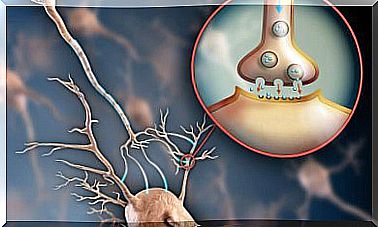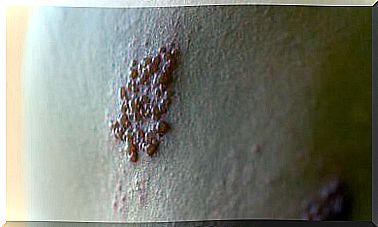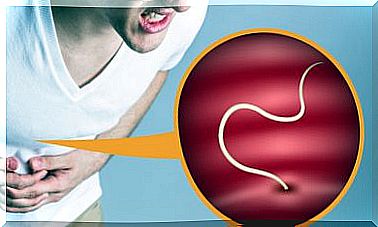Tired Legs Syndrome: What Is It?
The demands of everyday life can have a lot of influence on health. Tiredness appearing after hours of standing is normal. However, if the sensation is continuous, we could be facing tired legs syndrome, something unknown to many, but suffered by many people.
Fortunately, tired legs syndrome is not a serious disease, although it can limit activities of daily living and must be monitored and controlled.
Unfortunately, on many occasions this health problem is directly related to the profession carried out. Spending many hours standing or sitting can negatively affect your health and that of your legs.
In this space we detail more about tired legs syndrome, its symptoms, causes and tips to prevent or improve health in this regard. Find out more!
What is tired legs syndrome?
Due to the natural process of cellular aging, cell walls increase in size faster. This makes blood vessels, made up of a multitude of cells, more fragile and less efficient.
The function of the veins is to collect blood from the entire body and return it to the heart. With respect to the venous system of the legs, so that the blood rises (in the opposite direction to gravity), it has small valves that prevent the blood from going back, in addition to a muscular layer that helps in pumping.
When venous return is insufficient, either because pumping fails or because the blood is stagnant, the first symptoms appear: heaviness, fatigue and swelling of the legs. This happens when fluid leaks from the veins into the tissues.
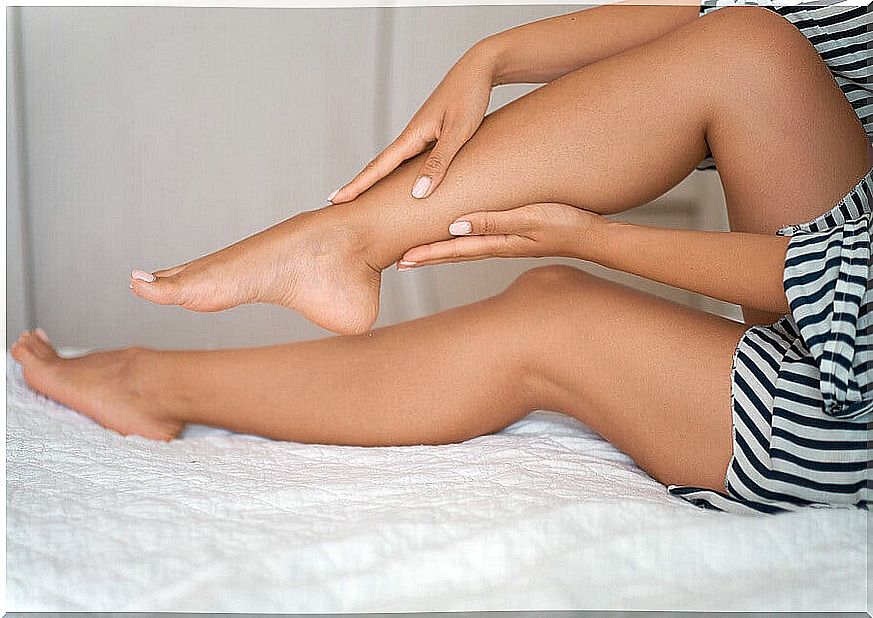
Symptoms of tired legs syndrome
In general, the usual signs and symptoms of tired legs syndrome are the following:
- Heaviness and edema in the legs.
- Pain.
- Pruritus (itching)
- Tiredness.
- Muscle cramps.
- Nocturnal paraesthesia (feeling of numbness in the legs).
- Tingling and stiffness.
- Varicose veins or spider veins (dilated veins, as they do not have the ability to return all the blood to the heart. Spider veins are smaller and reddish in color, while varicose veins are larger and have a more bluish color).
- Swelling, which is worse when standing or not moving for a long time.
As clinical data, the most common symptoms in most cases are itching, heaviness and pain.
What factors influence its appearance?
There are factors that predispose to tired legs syndrome and that can be avoided, such as those discussed below.
- Age. Various studies show that the frequency of venous diseases reaches 60% in people over 65 years of age
- Personal history (previous circulatory disease).
- Genetic predisposition (family history)
- Hormonal status (particularly during pregnancy, menopause, taking oral contraceptives and hormone replacement treatments).
- Foot morphology. Flat feet (decreases the muscle contraction that we naturally perform when walking).
In addition, there are also avoidable factors that aggravate the syndrome, such as the following:
- The sedentary lifestyle.
- Standing or sitting for many hours a day.
- Prolonged exposure to the sun or heat.
- The occupations at risk: health personnel, hostesses, hospitality personnel, hairdressers, housekeepers, office workers, drivers, teachers, telemarketers, and so on.
- Being overweight or obese, especially in the case of women. The increase in adipose tissue in the legs complicates the effectiveness of the muscle pump that helps venous return
- Constipation, because it causes an increase in abdominal pressure and can make it difficult for blood to flow back to the heart.
- Tight clothing on legs and hips, as it interferes with venous return.
- The high temperatures. The heat causes dilation of the veins and makes it difficult for blood to flow back to the heart
In this way, all these influences can be modified before the onset of the syndrome or, on the contrary, we can help alleviate your discomfort and complications in the long term.

Tips for the prevention and relief of tired legs syndrome
The main solution to avoid tired legs syndrome is to change your lifestyle. Regarding the measures that we can use to prevent the syndrome or alleviate its possible effects when it appears, there are the following:
- Keep your legs up : take elevated leg breaks for at least 30 minutes, 2 or 3 times a day. You must sit and raise your legs above hip level, supported on an armchair without crossing them
- Perform daily physical exercise: at least 30-60 minutes a day. Avoid leg weight exercises. Aerobic activities such as swimming, cycling, Pilates, or yoga are recommended.
- Avoid being overweight: follow a low calorie diet.
- Avoid sources of heat and excessive exposure to the sun: cold water baths on the legs can be beneficial.
- Sleep with your legs raised about 10 or 20 cm.
- Do not wear tight clothing or footwear: it is preferable to wear natural fabrics to improve skin perspiration. A little heel in footwear may be beneficial, although high heels should be avoided.
- Avoid constipation: try to establish a daily pattern of bowel movements, establishing new habits.
- Control blood pressure.
- Perform massages, from the feet up: to help circulation and reduce the accumulation of fluid in the ankles.
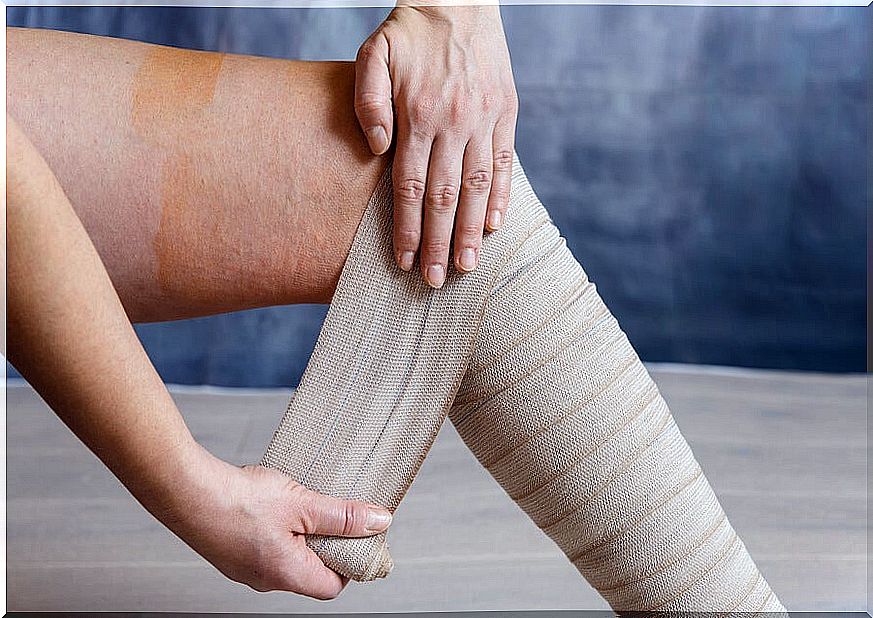
Possible treatments
Tired legs syndrome does not turn out to be a serious problem, but it is an increasingly common topic in health consultations. Currently, the following options are used as treatment:
- Compressive therapy : consists of applying pressure to the legs through the use of elastic compression bandages or stockings. You must choose the appropriate compression, size and model, which will be different for each person, so it is essential that a professional always recommend them.
- Hydrotherapy : showers combined with massages with cold water or alternating cold and warm water. This serves to stimulate venous circulation.
- Phytotherapy : there are medicinal plants that help improve blood circulation. Always recommended by a professional and supervised by pharmacists. Examples of them are: ginkgo biloba, butcher’s broom, hamamelis virginiana, among others.
- Drugs : consists of the administration of venotonics, always under medical prescription, which improve venous return.
- Vascular surgery : in extreme cases.
Tired legs syndrome can affect quality of life if timely care is not provided. Therefore, at the first symptoms, it is advisable to consult a doctor.
